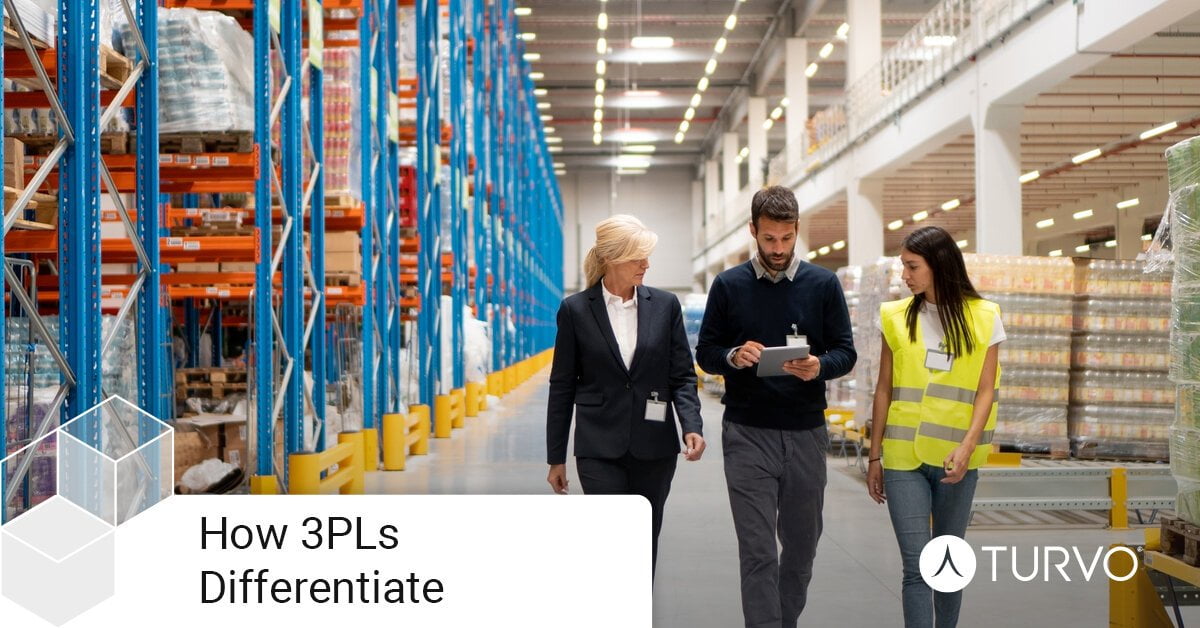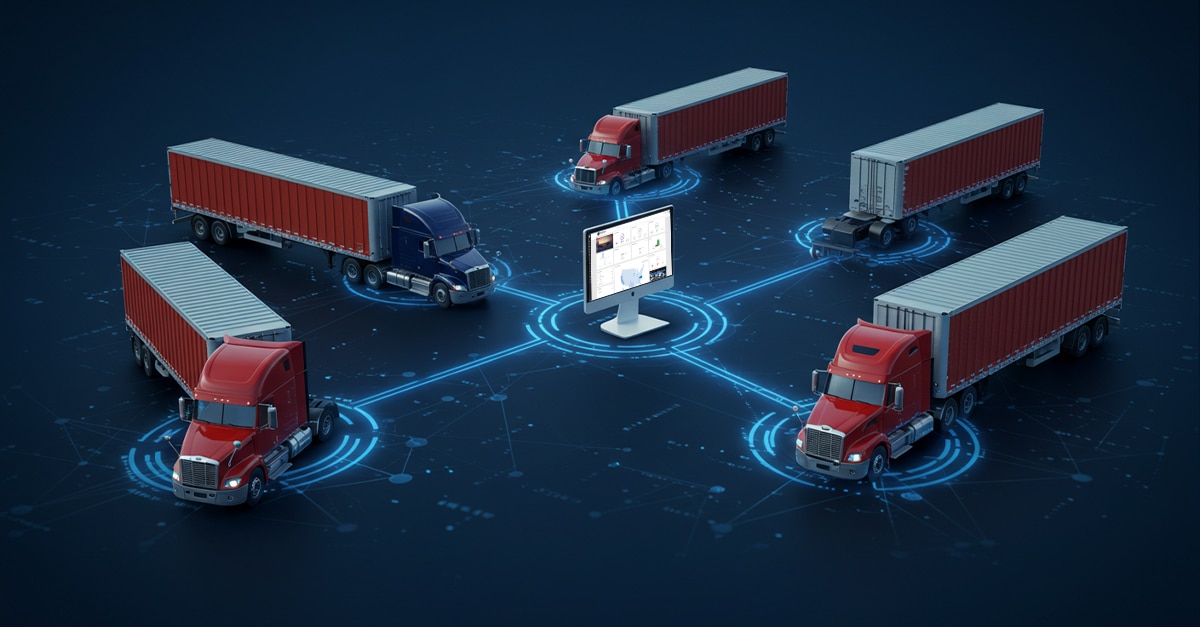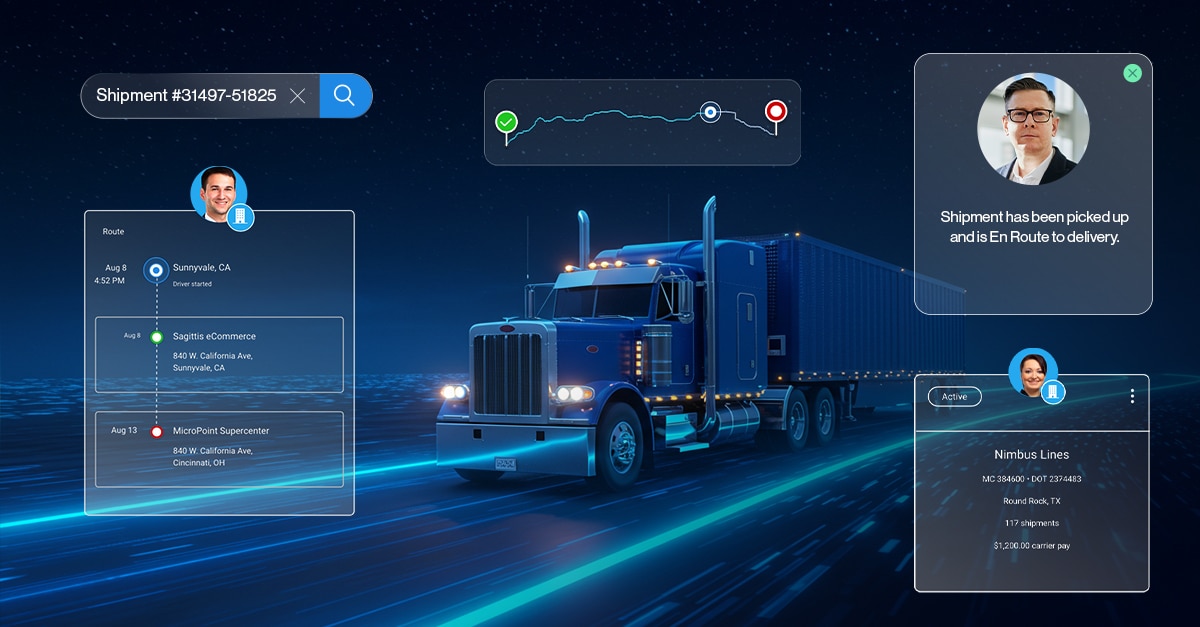Finding a way to make third-party logistics companies stand apart from their competitors is like finding a needle in a haystack. There is no catch-all process beyond offering better service, skill, and capability. Fortunately, third-party logistics providers (3PLs) can successfully add to their own value proposition by understanding the challenges in building a unique value proposition, how collaboration empowers 3PLs to stay proactive with customers to provide a better experience, and a few best practices to help 3PLs stand apart from competitors.
Top Challenges for 3PLs in Building their Unique Value Proposition
The challenges of maintaining a strong presence and value proposition as a 3PL are not small. They reflect the real-world challenges of shippers and LSPs that are trying to survive in today’s challenging market and business environment. The freight and logistics industry continues working on finding ways to make their respective organizations within the supply chain stand out from the crowd. Shippers want a few things—namely better service, lower rates, and more efficient logistics. Beyond the low hanging fruit tangibles, shippers want and need a true partner that can accommodate all needs the shipper faces in the midst of and online commerce evolution and the need to digitize processes n the quest of doing more with less. So it comes as no surprise that the biggest challenges for shippers, according to a 2019 survey, published by Inbound Logistics, revolve around lowering freight spend and e-commerce:
“Nearly two-thirds of them—63%—cite cutting transportation costs as an important focus of their logistics efforts. Managing e-commerce is a major concern for 34% of respondents, a new high for that category in the history of this survey.
Another challenge named by a record portion of respondents this year (29%) is managing inventory. Other challenges that weigh heavily on shippers’ minds include business process improvement (32%) and improving customer service (31%).”
But, consider this.
E-commerce, while on the table prior to COVID-19, is now essential. Failure to offer a curbside, e-commerce option will alienate customers. So, shippers need that capability, but also a proactive partner in a 3PL more than almost any other benefits. Let’s talk further about how 3PLs can create a more proactive and responsive approach to their shipper customers.
Third-Party Logistics Companies Must Collaborate With Their Networks to Add Value
Supply chains are continuously re-evaluating their processes and how to add value to their customers. These words carry added merit in the post-COVID-19 world. According to McKinsey & Company:
“The trend for product value chains to become more regionalized is also likely to accelerate, as companies reassess the risks of globally integrated asset networks and supply chains. For example, to increase agility in the event of regional shutdowns, a leading fashion company has already started to develop new supply sources beyond its current network in Southeast Asia.
Second, companies will likely reassess their make-versus-buy options. A leading consumer company has accelerated the outsourcing of manufacturing and logistics for some products to specialized players in different regions. This approach improves security of supply, thanks to increased local content, while also reducing costs and allowing the company to ramp volumes up or down more rapidly.”
Therefore, more shippers and companies are actively looking for third-party services, provided those services align with the vision of more transparency, ease in collaboration, lower costs, and improved efficiencies. Of course, customers always want a demo and assurance that they have chosen the right option, so third-party logistics companies that can provide immediate access to shipment-level information at any time will always win out in both collaboration and ability to flex to meet changes and disruptions within the supply chain.
Best Practices to Help 3PLs Stand Apart and Save Their Customers Money
Maintaining a competitive advantage as a 3PL should be easy for companies that keep costs under control and align their services to the needs of their customers. Unfortunately, it’s never quite that simple. As reported by Jennifer Benson of Inbound Logistics, third-party logistics companies should follow these best practices:
-
Understand your customers better by storing interactions with both your shippers but also all your other trading partners with smart contract management, enhanced in-platform communications, fast universal search to find information more quickly, and task assignment to provide actions that enhance responsiveness.
-
Recognize when technology reaches its limits, upgrading systems with scalable, adaptable solutions that can accommodate sudden changes in customer demand without sacrificing value.
-
Manager and engage with trading partners from across your whole supply chain, including those who are actively working with you via sharing an instance of the same system you’re using—also known as tenants—to collaborate, execute orders and shipments, share data regarding order status, real-time shipment visibility, and more.
-
Work to understand what’s happening to freight after it leaves the warehouse and dock, connecting with drivers to provide updated route information, recording shipment transportation progress, and getting automated alerts for when problems arise for a more proactive exception management approach.
-
Transition to digital payment processes to speed the payment clock for your carriers and broker partners, reducing overhead expenses, securing better carrier relationships with your company, and increasing eligibility for 3PL-of-choice status, comparable to shipper-of-choice status.
-
Understand the health of your business through analytics, knowing the most profitable and problematic carriers and drivers, assigning carrier-of-choice status to on-time, easy-access customers, and more.
Bring Your Supply Chain Together With the Right Infrastructure and Collaborative Platform
The right infrastructure and collaboration resources can make all the difference for third-party logistics companies and their overall strategy. Since a third-party logistics provider’s level of success is defined by the success of their customers, the greatest opportunity to advance their service levels lies within an improved collaboration strategy that includes the ability to work with your supply chain from one single source of truth. A modern 3PL provides shippers with a strong partnership to yield for the shipper a supply chain that is agile and resilient all with an improved overall experience in service from the 3PL. Contact Turvo online to learn more about how a collaborative infrastructure can help your company achieve a competitive advantage among other third-party logistics companies now.








